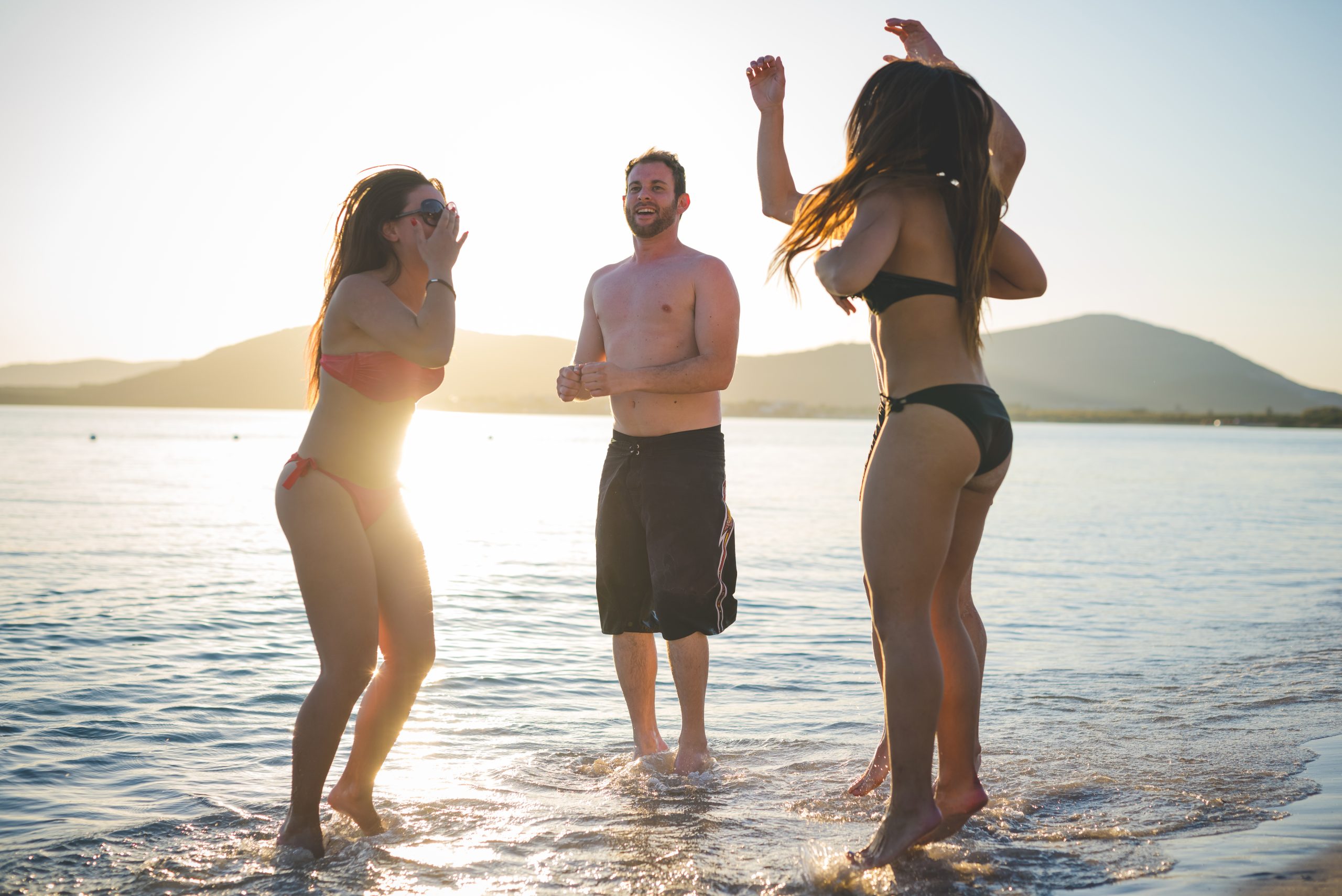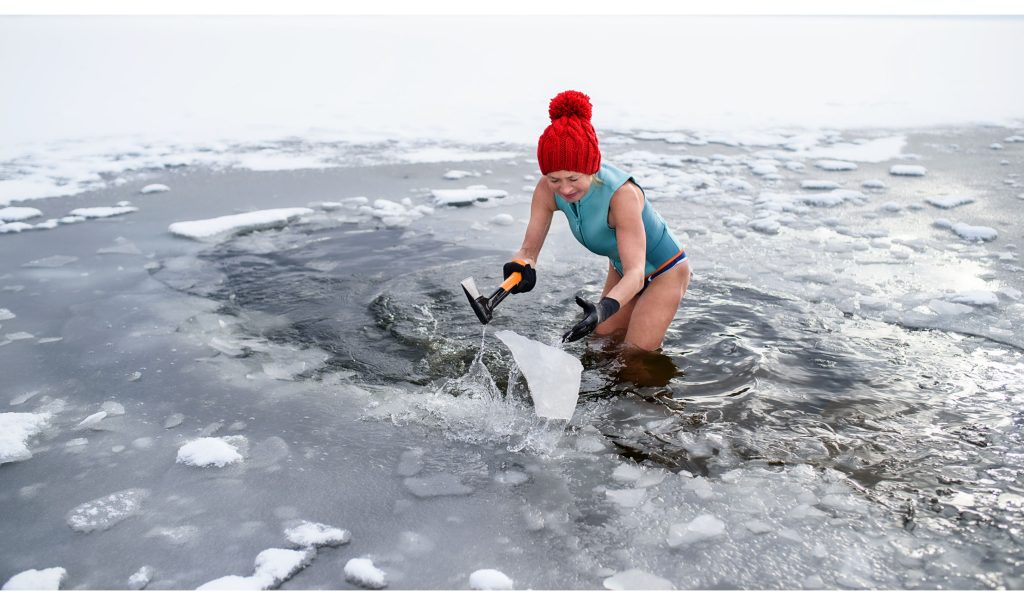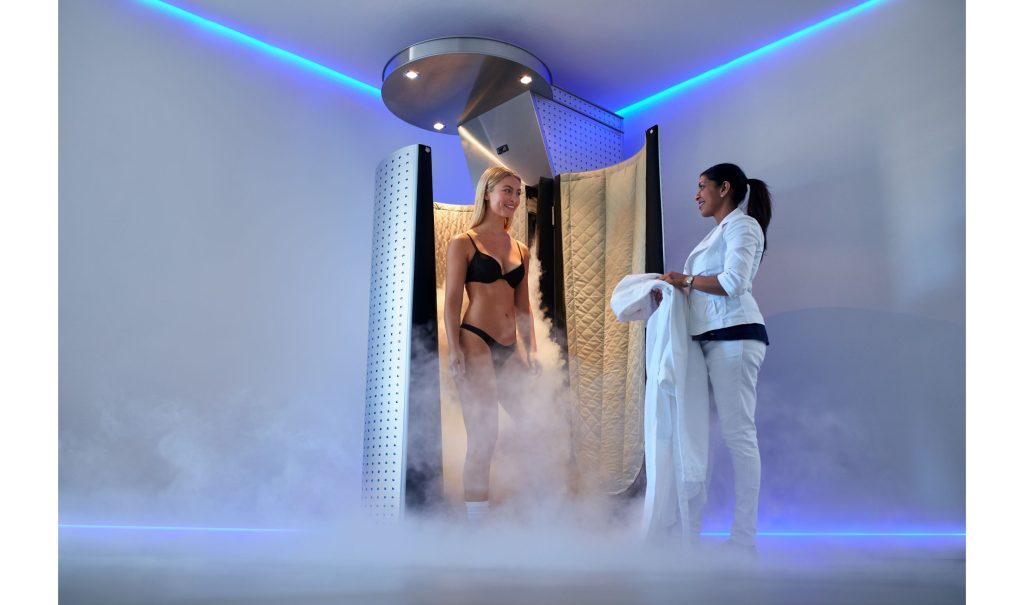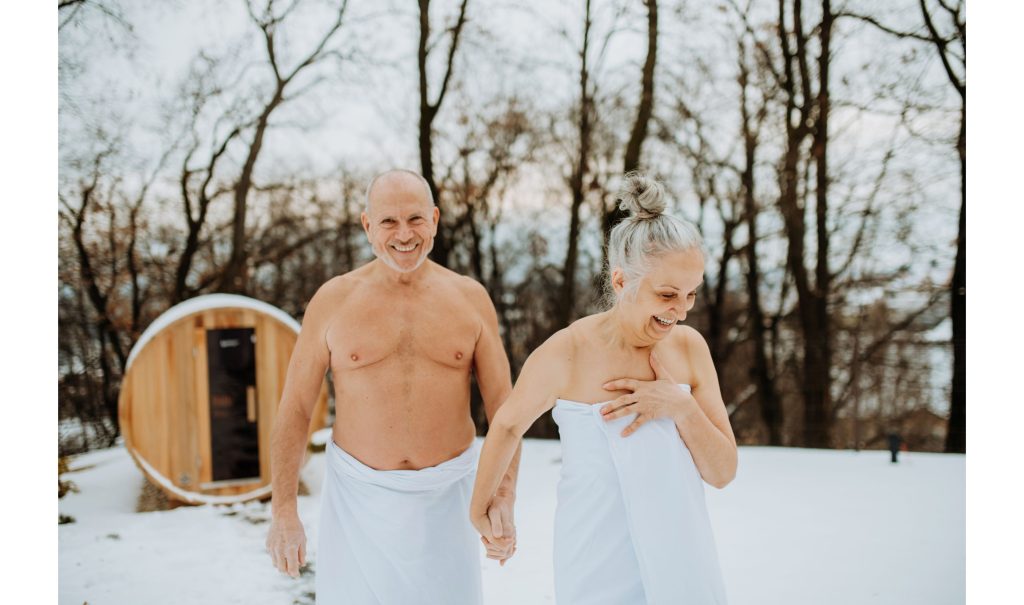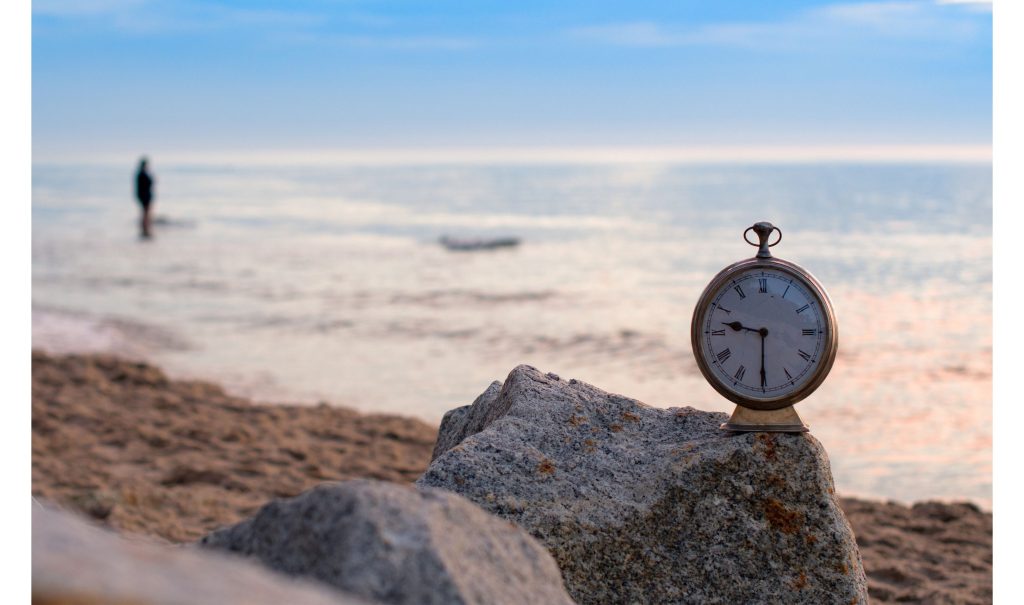Saunas are considered by many to be a seasonal activity with the primary objective of warming the body up from the cold winter temperatures. In reality, your sauna experience is a medicinal treatment that benefits the body year round. For the same reasons that a person wouldn’t stop taking medication or engaging in healthcare protocol during the summer, it remains important to continue to sauna throughout the summer months.
There are precautions to take if you plan to continue sauna bathing during the summer months to ensure continued safety and well being. It is important to be cognizant of always staying well hydrated at any time of the year, but particularly during the hot summer months. If you have been sweating profusely outside during gardening, beach time, or exercise, then perhaps, that might be a day that you skip the sauna to preserve the homeostasis of your body. While you may sauna less often in the summer, remember that a sauna is much more than just a way to warm up.
To sauna regularly throughout the year is to invest in your health, quality of life, and longevity.
The summer months may also be a great time of year to introduce contrast therapy, also known as cold plunges, after your sauna. For some the idea of cold therapy is inaccessibly uncomfortable, so the summer heat may be a good time of year to begin to experiment with cold therapy.
Redefining Sauna Use as a Medicinal Practice: Sweat Lodges, Traditional Finnish Saunas, Turkish Hammans
For many, the thought of going into a sauna amidst a snowy winter’s eve seems like the ideal, and perhaps, even the only, time to sauna. As more scientific data is revealed, the collective medical community now understands that regular sauna use is so much more than a recreational activity, but moreover, may have long lasting positive effects for very real and dangerous diseases.
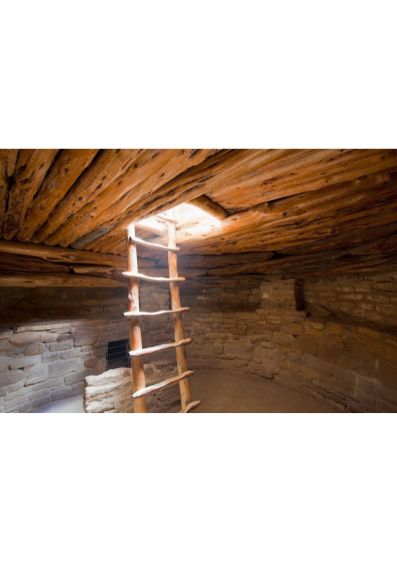
As society begins to change its perception of sauna use, it may be revelatory to be reminded of how saunas and overall heat therapy have been used by humans historically. Across cultures, time, and geographical spaces, humans have turned to spaces of intentional and active sweating to heal the body, purify the mind, and even to connect to a higher power. (1) For millennia, the use of heat therapy as seen in sweat lodges of the indigenous people of the Americas, to traditional Finnish saunas, and Turkish Hammans, the opportunity to use heat as a means to creating an artificial fever has aided in maintaining optimal health for a variety of ailments.
Historically, sweat lodges, traditional Finnish saunas and many other cultures have used their respective heat therapy protocol year round. If you can begin to perceive your sauna experience in a way that is more aligned with how our ancestors did, it may give you the extra push to continue to sauna throughout the summer months.
Furthermore, if looking and feeling your best is important to you as more of ‘you’ is on display in the summer months, it may be worthwhile reminding yourself of the dramatic effect that regular sauna use has on the physical appearance of your body
Bikini Season & a Substitute for Outdoor Exercise: Use a Sauna Throughout the Summer Months to Maintain Your Ideal Body Shape
Regular sauna use may help to lose excess weight and maintain your desired physical shape. Sauna use not only induces copious amounts of sweat to purify the body, but engages the cardiovascular system in a way that mimics moderate exercise. In order for the body to reach the point where temperature regulation begins to occur, a host of physiological responses must occur, all of which burn calories and help to keep you fit.
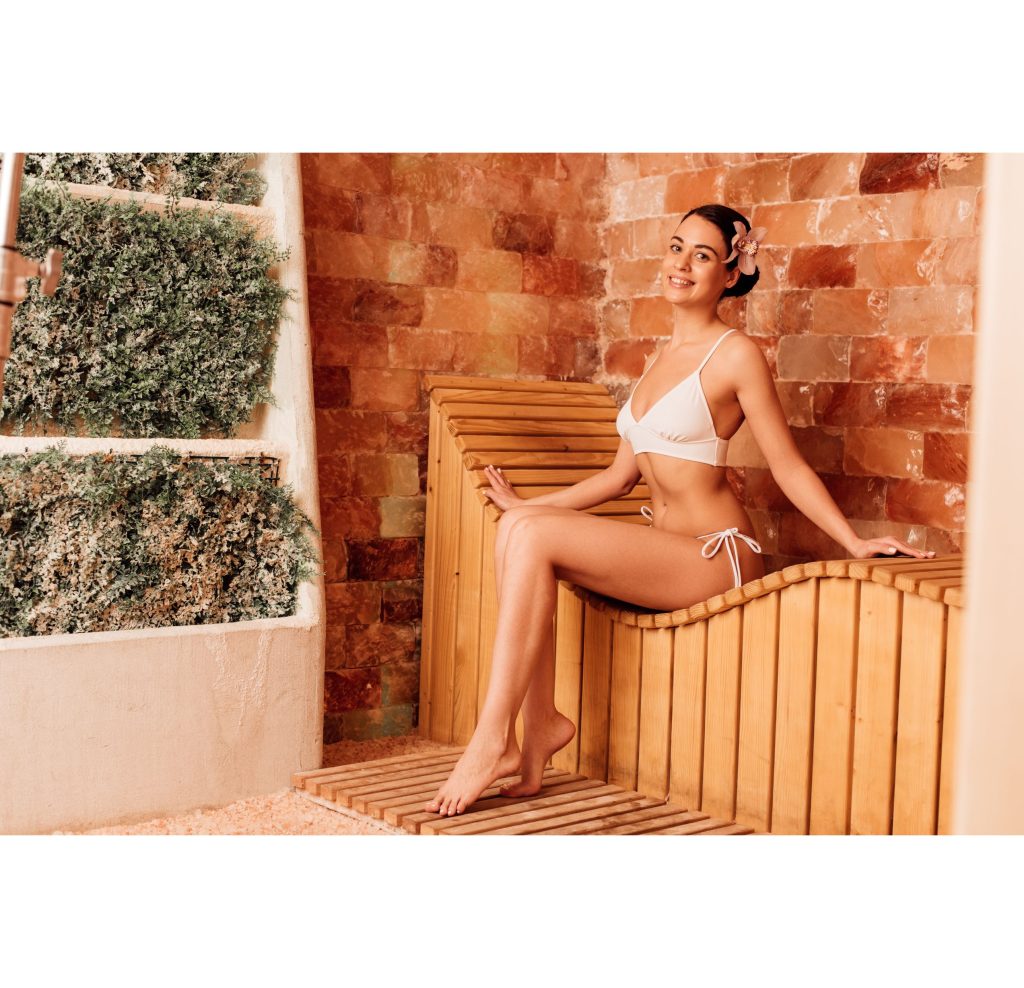
If you are feeling self conscious of your current body shape and would like to feel more confident during bathing suit season, then consider keeping up with your regular sauna routine!
Oftentimes exercising during the summer months can become prohibitive with the intensity of the strong sun. If you are looking for alternatives to your normal walk or run, you may want to consider sauna bathing as a substitute for your typical exercise routine to help keep you out of the sun. (2)
The heat of the summer months may be a great time to begin to introduce cold therapy after your sauna. Cold therapy is incredibly effective in converting white fat to brown fat, where there are five times as many mitochondria per cell. (3) If the thought of cold therapy is off putting to you, then cooling down after a sauna during the warmer season may be a great time to introduce the cold plunge!
Regular Sauna Use Year Round: Remember The Benefits
- Improved heat shock protein production
- Better circulation
- Decrease in inflammation
- Pain management
- Stabilized mitochondrial metabolism
- Weight Loss
- Lower Blood Pressure
- Sleep more deeply and soundly
- Balanced autonomic nervous system
- Boosted collagen production
- Injury recovery
- Less joint pain
The list of health benefits from regular sauna use can go on to fill pages and pages, however, it is important to remember that in order to benefit from sauna use it is not merely a question of a one time stop. Sauna use as a lifestyle is what ultimately creates the long lasting and profoundly positive health benefits. (3)
The National Library of Medicine has published thousands of peer reviewed journals on the health benefits of regular sauna use (which continue to be true during the summer months). Here is an excerpt from one of many published works on the benefits of sauna use beyond for recreational purposes:
“Emerging evidence suggests that beyond its use for pleasure, sauna bathing may be linked to several health benefits, which include reduction in the risk of vascular diseases such as high blood pressure, cardiovascular disease, and neurocognitive diseases; nonvascular conditions such as pulmonary diseases; mortality; as well as amelioration of conditions such as arthritis, headache, and flu. The beneficial effects of sauna bathing on these outcomes have been linked to its effect on circulatory, cardiovascular, and immune functions.” (4)
Even though it may seem like more of a chore to get in the sauna at least three times a week during the summer months, it is important to keep up regular protocol in order to reap the health benefits associated with regular sauna bathing.
Science has produced overwhelming evidence of the benefits of regular sauna use, now it is only a matter of each individual following through with time in the sauna, even during the hot summer months!
Precautions: Hydration, Temperature, Duration, and Frequency Changes During The Summer Months
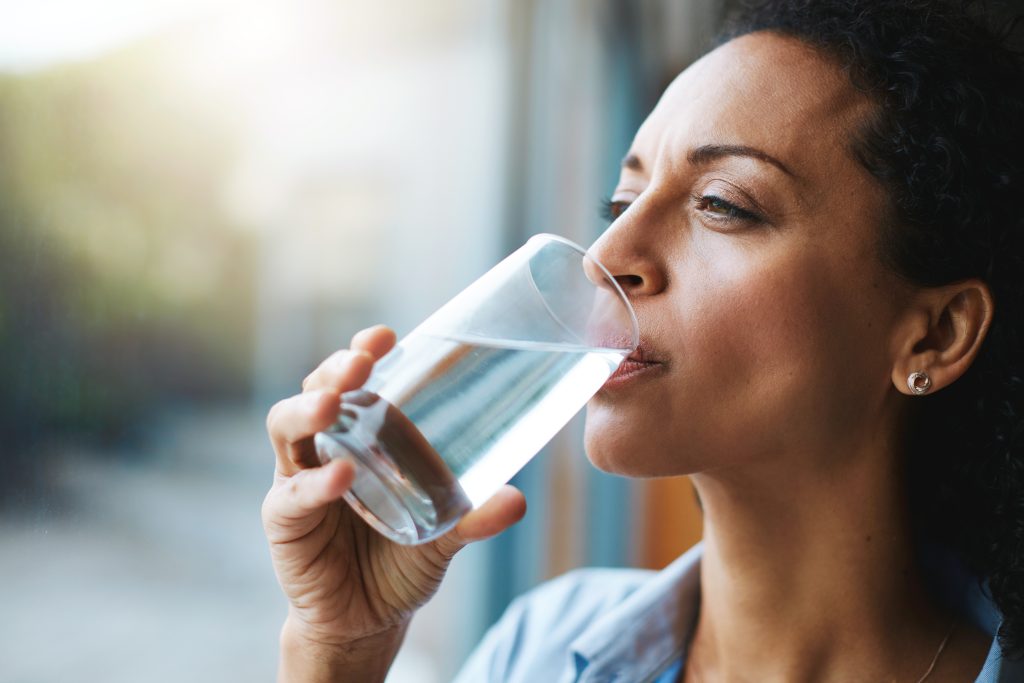
While most individuals are encouraged to continue with their regular sauna protocol throughout the summer months, there are a few more precautions that ought to be taken by everyone using saunas year round.
Primarily, hydration must be upheld to the maximum extent possible during the warmer summer months. Particularly if you are living without air conditioning, then you will likely be sweating throughout the day to regulate internal temperature and will need to be vigilant about water intake. Even going outside during the summer for activities can induce sweating and the evaporation of water off of the surface of the skin which makes hydration a priority to maintain optimal health. This means that it is imperative to drink plenty of water rich in minerals throughout the entire day: It may be wise to consider including beverages that include electrolytes.
Those living with hypertension, pregnant women, and children should take special precautions when using a sauna during the summer months, if they use it at all. As always, if you have any doubts about using a sauna at any time of the year, including the summer months, always consult with a medical professional who can professionally advise you on an individual level.
Sources Cited:
- https://www.thecanadianencyclopedia.ca/en/article/sweat-lodge
- https://www.foundmyfitness.com/episodes/medcram-sauna
- https://www.soeberginstitute.com/research
- Laukkanen JA, Laukkanen T, Kunutsor SK. Cardiovascular and Other Health Benefits of Sauna Bathing: A Review of the Evidence. Mayo Clin Proc. 2018 Aug;93(8):1111-1121. doi: 10.1016/j.mayocp.2018.04.008. PMID: 30077204.
- https://pubmed.ncbi.nlm.nih.gov/30077204/

